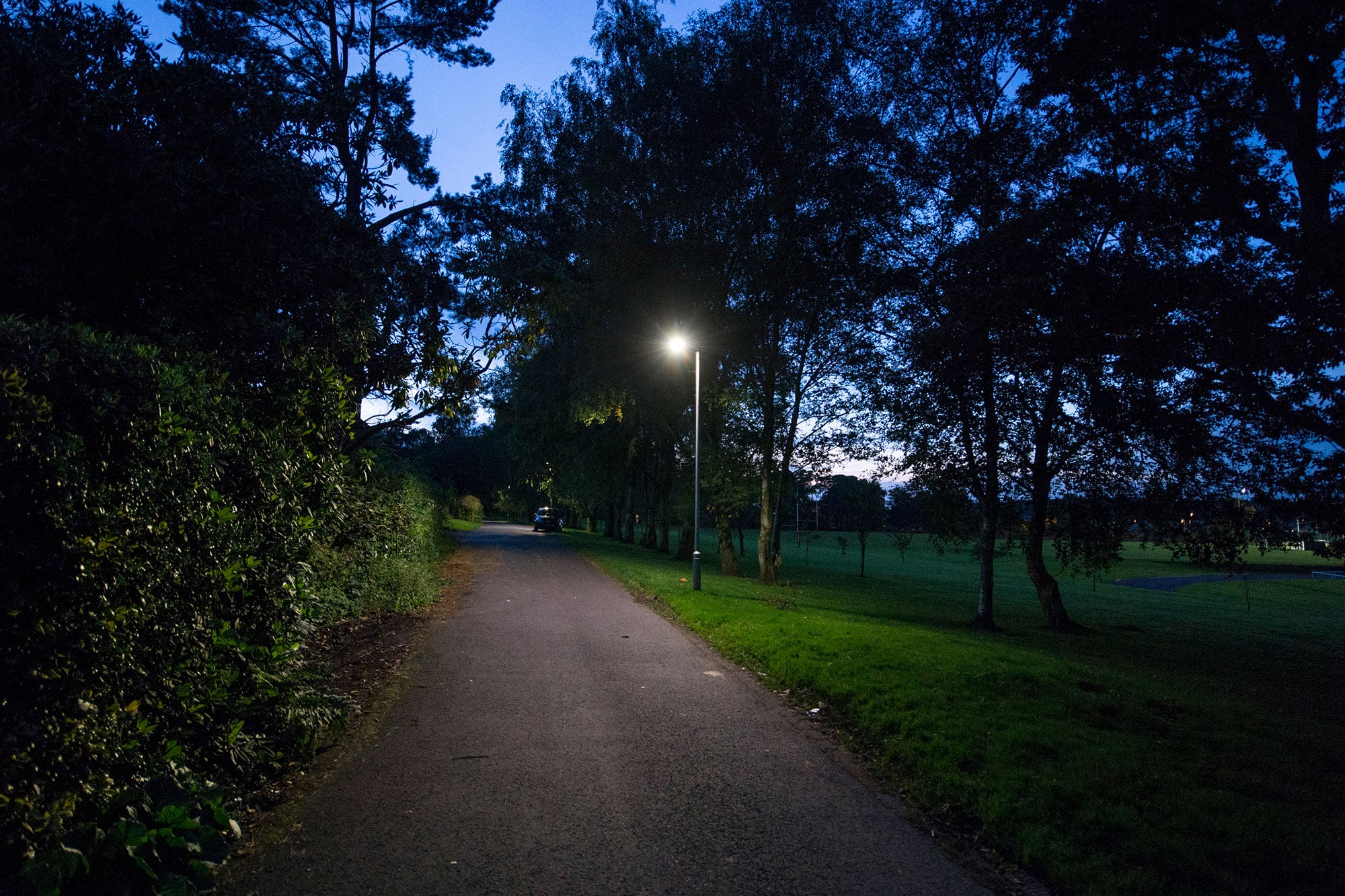Electrical Testing For Street Lighting
Electricity is essential, but it is also potentially dangerous, either when it is faulty or fails to function as expected. Consequently, electrical testing is a vital aspect of providing electrical services. This applies as much to outdoor lighting and infrastructure as it does to indoor systems.
For outdoor street and highway lighting, there is also the risk of lighting failure, which can then make conditions for both road users and pedestrians more hazardous.
What Are the Risks From Untested Outdoor Lighting?
There are undeniable benefits to street lighting. It helps promote security, especially in urban areas. It improves safety for pedestrians, cyclists and drivers. It has a social aspect, in that street lighting can extend people’s hours of activity outdoors.
Conversely, the absence of good outdoor lighting can have a negative impact on all these things.
Research from the AA suggests that the period between 7pm and 8am accounts for 40% of fatal and serious injuries, even though only a quarter of drivers travel at this time.
However, outdoor lighting is not restricted to streets and highways. It is also a feature of commercial and industrial premises, and entertainment and leisure spaces and structures.
In these situations, the risks from untested outdoor lighting can be as severe as those from indoor lighting systems, including electrocution and other injuries, fire as well as lost income and, potentially, fines for non-compliance.
Managing electrical safety effectively means ensuring that systems are running effectively, which then means testing them diligently and regularly.
Testing and Compliance
Whereas street lighting is the responsibility of local councils, outdoor lighting at commercial, industrial and other premises is the responsibility of the owner.
This means, from a health and safety perspective, they must ensure their lighting systems are compliant.
Owners have a legal responsibility to prevent death and personal injury from personal injury arising from work injuries.
How often should testing happen?
It is important to have periodic inspection and testing of electrical systems and lighting.
For outdoor lighting that is non-street lighting, this might be when there is a change of ownership of a premises, or a change of use. Also, if there are any modifications or other changes to the original electrical installation.
The maximum period between testing for external installations is every six years.
What Does Testing Outdoor Lighting Systems Involve?
Altitude Services’ electrical and structural testing includes power cable network tests and routine testing of lighting columns.
The electrical testing aspects include a functional check and checking the wiring of the light.
We look at insulation resistance and electric strength, and the condition of all connections.
Another key aspect of testing of street lights is structural testing.
The environment surrounding lighting columns is rich in moisture, oxygen and chlorides. This inevitably encourages corrosion in any steel structures.
For lighting columns, ground level is where the stress zone is most acute.
Therefore, the combination of potential corrosion and high stress means that street lights can be at risk of collapse, if they are not structurally tested periodically.
30 Years of Outdoor Lighting Experience
Electrical and structural testing is just one of Altitude Services’ specialist services. This year, in 2018, we are celebrating our 30th birthday. We bring 30 years of experience to the work we do, but we combine this heritage with a forward-looking approach to continually refine and develop what we offer our clients.
Can we help you with your external lighting? Contact Altitude Services and see what we can do for you.


